Phone Comparisons: Samsung Galaxy S25 Ultra Vs OnePlus 13
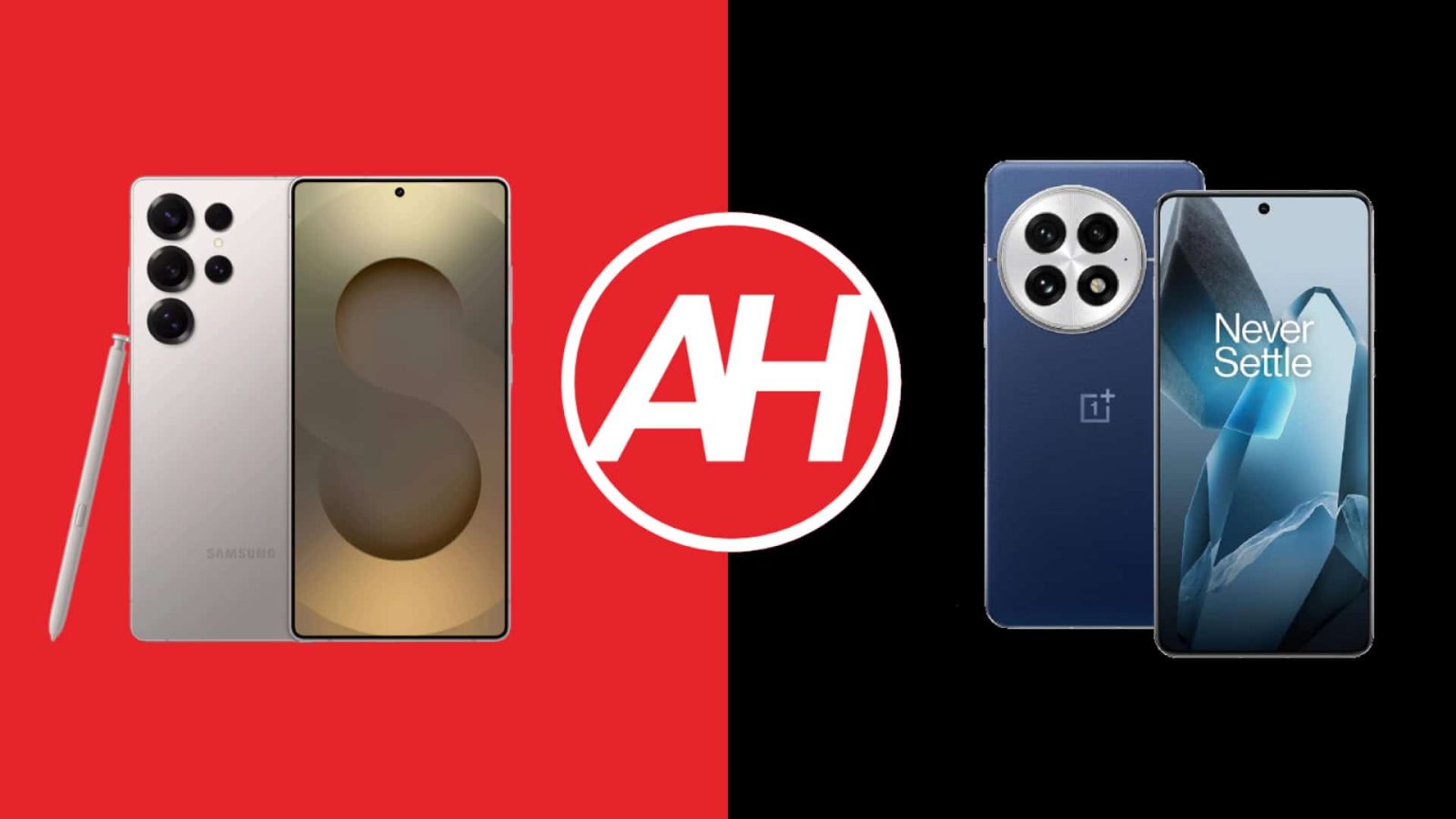
Contents
We’ve compared the Samsung Galaxy S25+ with the best OnePlus has to offer recently. This time around, we’re comparing Samsung’s best phone with the OnePlus 13. In other words, we’re comparing the Samsung Galaxy S25 Ultra vs OnePlus 13. The ‘Plus’ model from Samsung’s series made more sense to do first as the price tags of those two phones are way more similar. However, from the standpoint of the actual best phones these companies have to offer, and the best match in general… these two devices make a lot more sense.
The OnePlus 13 does overshadow the Galaxy S25+ in many ways, let’s see what happens when it faces the ‘Ultra’ model. We’ll first list the specs of both smartphones and will then move to compare the two devices across a number of other categories. We’ll talk about their designs, displays, performance, battery life, cameras, and audio output.
Specs
Samsung Galaxy S25 Ultra vs OnePlus 13, respectively
– Screen size:
6.9-inch Dynamic AMOLED 2X (flat, adaptive 120Hz, HDR10+, 2,600 nits max brightness)
6.82-inch LTPO AMOLED (micro quad-curved aka flat, 120Hz, HDR 10+, 4,500 nits max)
– Display resolution:
3120 x 1440
3168 x 1440
– SoC:
Qualcomm Snapdragon 8 Elite for Galaxy
Qualcomm Snapdragon 8 Elite
– RAM:
12GB (LPDDR5X)
12GB/16GB/24GB (LPDDR5X)
– Storage:
256GB/512GB/1TB (UFS 4.0)
256GB/512GB/1TB (UFS 4.0)
– Rear cameras:
200MP (wide, f/1.7 aperture, OIS, multi-directional PDAF, 1/1.3-inch sensor, 0.6um pixel size), 50MP (ultrawide, 120-degree FoV, f/1.9 aperture, Dual Pixel PDAF 0.7um pixel size), 10MP (telephoto, f/2.4 aperture, OIS, 1/3.52-inch sensor size, Dual Pixel PDAF, 1.12um pixel size, 3x optical zoom), 50MP (periscope telephoto, OIS, 1/2.52-inch sensor size, PDAF, 5x optical zoom)
50MP (f/1.6 aperture, 23mm lens, 1.12um pixel size, Dual Pixel PDAF, OIS), 50MP (ultrawide, 15mm lens, 120-degree FoV, f/2.0 aperture, 0.64um pixel size, PDAF), 50MP (periscope telephoto, 0.8um pixel size, OIS, PDAF, 3x optical zoom)
– Front cameras:
12MP (wide, f/2.2 aperture, Dual Pixel PDAF, 1/3.2-inch sensor size, 22mm lens)
32MP (f/2.4 aperture, 0.8um pixel size)
– Battery:
5,000mAh
6,000mAh
– Charging:
45W wired, 15W wireless (Qi2 Ready), 4.5W reverse wireless (charger not included)
100W wired, 50W wireless, reverse wireless, reverse wired (charger not included)
– Dimensions:
162.8 x 77.6 x 8.2 mm
162.9 x 76.5 x 8.5/8.9 mm
– Weight:
218 grams
210/213 grams
– Connectivity:
5G, LTE, NFC, Wi-Fi, USB Type-C, Bluetooth 5.4
– Security:
In-display fingerprint scanner (ultrasonic) & facial scanning
In-display fingerprint scanner (ultrasonic) & facial scanning
– OS:
Android 15 with One UI 7
Android 15 with OxygenOS 15
– Price:
$1,299+
$899+
– Buy:
Samsung Galaxy S25 Ultra (Samsung.com)
OnePlus 13 (Best Buy)
The Samsung Galaxy S25 Ultra and OnePlus 13 do look considerably different, and also have a different in-hand feel. The Galaxy S25 Ultra has sharper edges, while its front and back sides are flat, as is its frame. The OnePlus 13’s edges are curvier, while its frame is flat. However, its front and back sides have the quad micro-curved design, in other words, both its front and back sides are curved on all four sides. Despite that, the display itself is flat.
Both smartphones have a centered display camera hole up top. The bezels around both displays are minimal, and uniform as well. The Galaxy S25 Ultra is made out of titanium and glass, while the OnePlus 13 combines aluminum with either glass or vegan leather on the back. The vegan leather model is notably grippier than glass, and even the glass OnePlus 13 feels ealier to use than the Galaxy S25 Ultra, even though both are slippery.
You’ll notice considerably different camera islands on the backs of these phones. The Galaxy S25 Ultra has five separate protrusions on the back, four of which are its cameras. The OnePlus 13 has a single camera island, a camera oreo if you wish. It’s also located in the top-left corner of the back, and contains three cameras. That camera oreo does protrude on the back as well.
The two phones are basically the same in terms of height, while the Galaxy S25 Ultra is a bit wider and thinner. It is also a bit heavier than the OnePlus 13, 5-8 grams, depending on which OnePlus 13 model you compare it to. The vegan leather model is a bit lighter than the glass variant. Both phones are IP68 certified for water and dust resistance, while the OnePlus 13 also adds an IP69 certification to it.
Samsung Galaxy S25 Ultra vs OnePlus 13: Display
The Samsung Galaxy S25 Ultra features a 6.9-inch Dynamic LTPO AMOLED 2X display. That display is flat, and it supports an adaptive refresh rate of up to 120Hz. HDR10+ content is supported here, and the peak brightness this display offers is 2,600 nits. The screen-to-body ratio is around 92%, while the display aspect ratio is 19.5:9. The resolution this display offers is 3120 x 1440, while the Gorilla Armor 2 protection is included.

The OnePlus 13, on the flip side, has a 6.82-inch LTPO AMOLED panel. That display is flat, but the glass on top of it is curved on all sides. This display can project up to 1 billion colors, and it supports an adaptive refresh rate of up to 120Hz. Dolby Vision is supported, as is HDR10+ and HDR Vivid. The peak brightness here is 4,500 nits, and the screen resolution is 3168 x 1440. The screen-to-body ratio is at around 90%, while the Ceramic Shield Glass protects this display.
One thing is for sure, both of these displays are great. They’re vivid, have great viewing angles, and the blacks are as deep as you’d expect them to be. These displays are also more than sharp enough and have good touch response. Each of them has its advantages, though. The Galaxy S25 Ultra’s panel has outstanding glare reduction thanks to Gorilla Armor 2. The OnePlus 13 gets a bit brighter, while it also offers high-frequency PWM dimming.
Samsung Galaxy S25 Ultra vs OnePlus 13: Performance
Samsung’s flagship is fueled by the Snapdragon 8 Elite for Galaxy processor. That is an overclocked version of the Snapdragon 8 Elite, Qualcomm’s best chip at the moment. Samsung also included 12GB of LPDDR5X RAM inside of this phone in most markets, though a 16GB RAM model does exist. UFS 4.0 flash storage is also used here.
The OnePlus 13, on the other hand, is fueled by the Snapdragon 8 Elite chip, a standard Qualcomm flagship chip. That processor is combined with up to 16GB of LPDDR5X RAM inside of this phone, in global markets. In China, you can get up to 24GB of LPDDR5X RAM. OnePlus also uses UFS 4.0 flash storage inside its flagship. Do note that neither phone supports storage expansion.
Do these outstanding performance-related specs transfer to actual great performance inside both phones? The short answer is… yes. They’re both outstanding in terms of performance. Opening apps is blazing fast, as is jumping between them. You can expect smooth performance regardless of what you do with the devices, ranging from browsing and multimedia consumption to image and video processing.
What about gaming? Well, they can both handle even the most demanding games in the market, without a problem. Both phones do get warm, but not as warm as many of their competitors. Excessive heat was never a problem on either phone, even during longer gaming sessions, that’s not something you should worry about. Either one of these two phones can serve you as a great smartphone for playing games, actually. Both of them have some software features for that purpose to, though nowhere near actual gaming phones.
Samsung Galaxy S25 Ultra vs OnePlus 13: Battery
Samsung opted to keep the same battery capacity inside of the Galaxy S25 Ultra as it used last year. The phone includes a 5,000mAh Li-Ion battery. The OnePlus 13, on the flip side, comes with a 6,000mAh silicon-carbon battery. OnePlus did upgrade the battery capacity inside its flagship. That’s quite a difference in terms of battery capacity here, is that difference actually noticeable in battery longevity too?
Well, yes, it is, but not as much as you think. The Galaxy S25 Ultra actually did a fantastic job in both our battery drain test and actual usage test, and offered battery life reminiscent of the OnePlus 13. OnePlus’ flagship still pulled ahead a bit, but the Galaxy S25 Ultra’s battery life surprised us. Let me just say this, these two phones are amongst the best flagship-grade phones in terms of battery life. We were able to cross the 8-hour screen-on-time on a regular basis and still have almost half the tank left, which is saying a lot. Do note that the Galaxy S24 Ultra also had great battery life at first, but the updates did manage to mess things up. Let’s hope that the same won’t happen with this year’s model, as its battery life is great.
When it comes to charging, the Galaxy S25 Ultra supports 45W wired, 15W wireless (Qi2 Ready), and 4.5W reverse wireless charging. The OnePlus 13 comes with 100W wired, 50W wireless, 10W reveres wireless, and 5W reverse wired charging. Yes, the OnePlus 13 does charge faster, but the Galaxy S25 Ultra also does a good job in that regard, at least via the wire. Its wireless charging is much slower. Neither phone comes with a charger in the box.
Samsung Galaxy S25 Ultra vs OnePlus 13: Cameras
The Samsung Galaxy S25 Ultra includes four cameras on the back, while the OnePlus 13 has three. The Galaxy S25 Ultra includes a 200-megapixel main camera (1/1.3-inch sensor), a 50-megapixel ultrawide unit (120-degree FoV), and a 50-megapixel periscope telephoto camera (1/2.52-inch sensor, 5x optical zoom). The last camera on the back is only a 10-megapixel unit, that’s a telephoto camera with a rather small 1/3.52-inch sensor and 3x optical zoom.

OnePlus’ flagship, on the other hand, includes a 50-megapixel main camera (1/1.43-inch sensor), along with a 50-megapixel ultrawide unit (1/2.75-inch sensor, 120-degree FoV), and a 50-megapixel periscope telephoto unit (1/1.95-inch sensor, 3x optical zoom). Hasselblad is also a part of the picture here, by the way.
We already did a dedicated camera comparison between the two devices. From that, you can see that the Galaxy S25 Ultra still punches out a bit oversaturated images. In some cases, they’re considerably oversaturated. The OnePlus 13 images do look more realistic in comparison. They do trade blows, however, at times the Galaxy S25 Ultra does a better job, and at times the OnePlus 13. That goes for both day and night, actually.
We did prefer macro shots from the Galaxy S25 Ultra, but the OnePlus 13’s periscope telephoto camera did a better job with telephoto shots. Both ultrawide cameras are good, but are obviously below the level of both main and periscope telephoto cameras.
Audio
In terms of audio output, they’re both quite good. Their stereo speakers provide sound that is more than loud enough, and the quality is also good. The OnePlus 13’s speakers are a bit louder, if that means anything to you, but the difference is not that noticeable.
There is no audio jack on either one of these two smartphones. You can utilize their Type-C ports to hook up your wired headphones, though, without a problem. Both phones also come with Bluetooth 5.4 for wireless audio connectivity.
What’s your reaction?
Love0
Sad0
Happy0
Sleepy0
Angry0
Dead0
Wink0
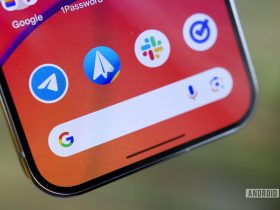

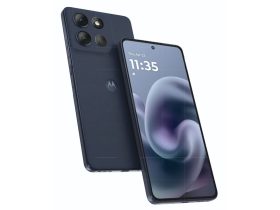
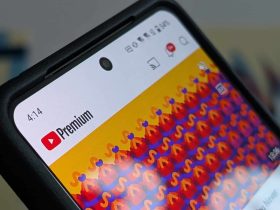

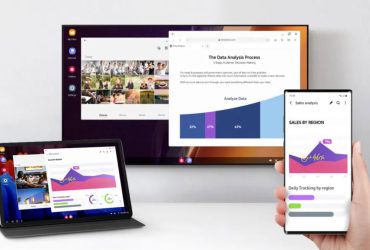

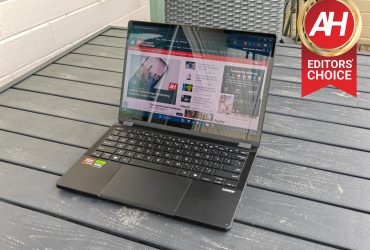
Leave a Reply
View Comments